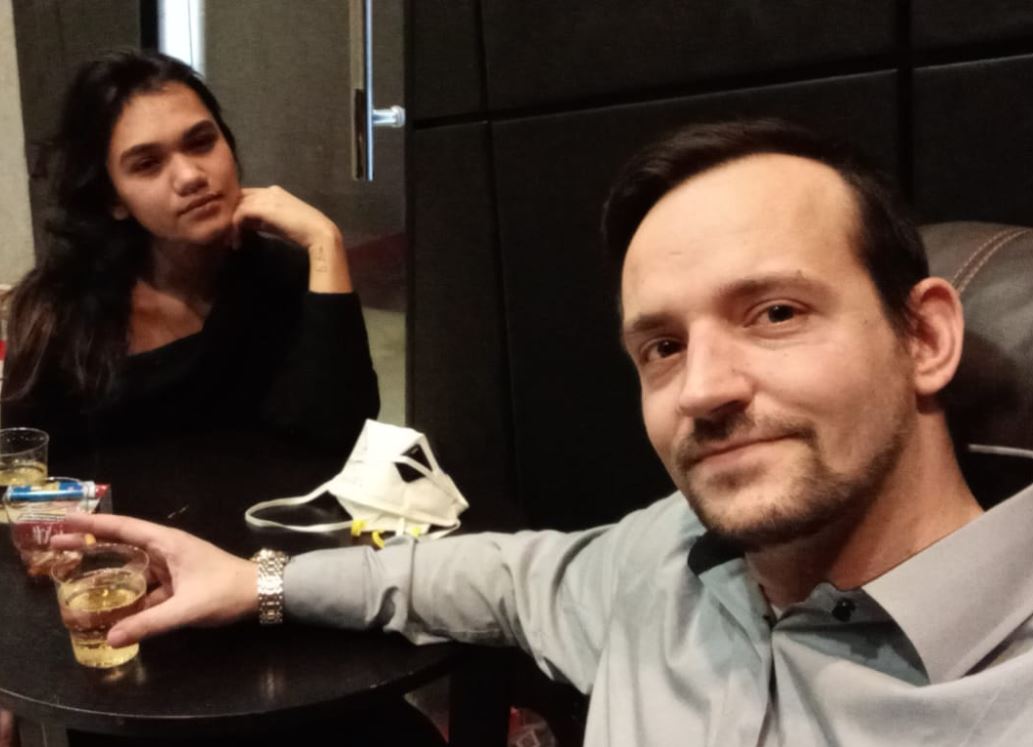People as trees: novel about dendrose and their consequences
Alina Lindermuth's new novel deals with the phenomenon dendrose, in which humans transform into trees.
People as trees: novel about dendrose and their consequences
Alina Lindermuth, an author from Carinthia living in Vienna, presents a fascinating and disturbing scenario with her third novel. The title of her latest work, "stem cells", illuminates the phenomenon of the dendrose, in which people turn into trees. This metamorphosis primarily affects older people and has far -reaching social and personal consequences. After all, those affected have to be planted in the earth, which raises both medically and botanical questions that are discussed in the novel.
The main character, the doctor Ronja, works closely with those who suffer from dendrose and their relatives. This is done within a "Dendro team", the main task of which is the advice and support of those affected. While Ronja falls in love, the situation becomes all the more complicated, since Elio, the linguist, and his family are skeptical about the dendrosis phenomenon. Their relationship and the challenges associated with the birth of her daughter Hedi bring the effects of this strange illness to the fore. Hedi shows the first signs of the dendrose, which increases the family's emotional stress.
dendrose and climate
In Lindermuth's narrative, two central terms are introduced: dendrose, which describes the gradual change of people into trees, and climateendron, which indicates the scientific knowledge about the relationships with climate changes. The author uses fiction as a means of making the size of the climate catastrophe and its dangers tangible to mankind. It is this connection of personal fates and social issues that make Lindermuth's work appear particularly concise.
The challenges in dendrosis research are enormous because there are hardly any secure knowledge about the causes or treatments. While Ronja's girlfriend works in Dendrosis research and reveals new knowledge, Ronja himself has the constant fear of being also affected. Despite the medical progress that act like a ray of hope, help often comes too late, as in the tragic case of Hedi, which is ultimately planted as a tree.
stem cell research in the context
In the background of the fictional story, the real world of stem cell research unfolds. According to Ärzteblatt more than 350 companies worldwide to explore the potential of regular cells. Stem cells that are able to differentiate themselves into different cell types and multiply unlimited are of central importance in modern medicine. There are two main types: the total types that can form a complete living being, and the pluripotents that form different tissues. This scientific context gives Lindermuth's fictional history an additional dimension.
In Germany, the extraction methods for embryonic stem cells are heavily regulated. While some methods, such as therapeutic cloning, cause ethical discussions, researchers are increasingly committed to alternative sources such as umbilical cord stem cells. This development could reduce potential ethical conflicts and offers promising opportunities for future applications.
Overall, Alina Lindermuth's novel "Stammezellen" is not only a captivating story about the transformation phenomenon of the dendrosis, but also a profound reflection on current social challenges in which art and science are impressively interwoven. SN emphasizes that this novel is particularly important for readers on special scenarios and deals with topics such as pandemic and environmental disaster, which is of great relevance today are.
In this way, Lindermuth presents a work that not only maintains, but also stimulates thinking and draws an urgent picture of the challenges in a changing world. Ö2 reports on the impressive structure and the cleverly integrated elements from the life of the author. The novel is therefore an impressive example of the connection of fiction and reality in literature.
 Suche
Suche
